The Colors and Patterns of Xhosa Dresses: Decoding the Symbolism
The Colors and Patterns of Xhosa Dresses: Decoding the Symbolism
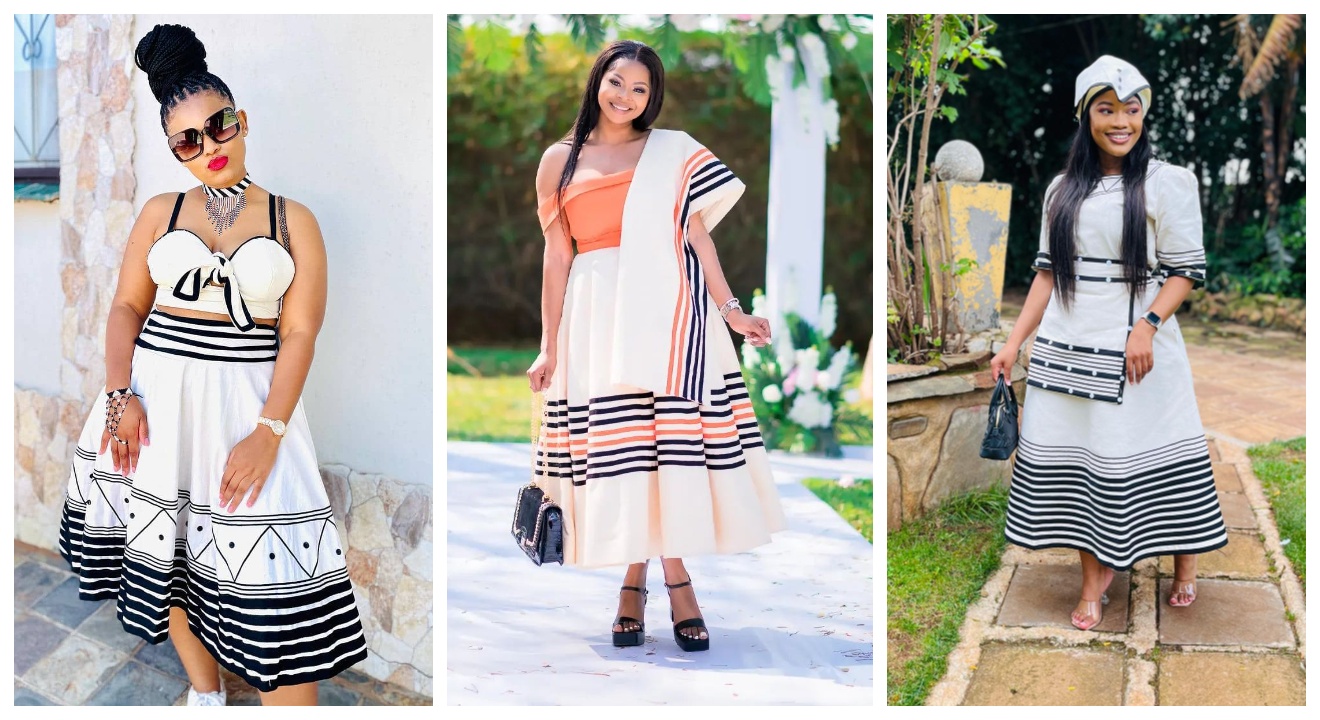
Introduction
When it comes to the Xhosa culture in South Africa, their traditional dresses are not just garments but carry deep symbolism and cultural significance. Each element, from the colors to the patterns, tells a story and reflects the values and traditions of the Xhosa people.
Understanding the significance of Xhosa dresses and their colors
The colors used in Xhosa dresses are not arbitrary but carry great meaning. Here are some of the most common colors and their symbolism:
- Red: Represents the spiritual and vital energy of the ancestors.
- White: Symbolizes purity, spirituality, and the connection to one’s ancestors.
- Blue: Reflects the role of water in the Xhosa culture, representing life, healing, and purification.
- Yellow: Represents wealth, abundance, and fertility.
- Black: Signifies power, authority, and maturity.
Exploring the intriguing patterns in Xhosa dresses
The patterns found in Xhosa dresses are not only visually captivating but also carry cultural meanings. Some common patterns include:
- Isidwaba: A circular pattern symbolizing unity and the cyclical nature of life.
- Umdeni: A zigzag pattern representing family and the connection between generations.
- IsiXhosa: A symbolic pattern resembling the Xhosa language, representing pride in one’s culture and identity.
- Ingqongqo: A diamond-shaped pattern symbolizing fertility, femininity, and beauty.
These colors and patterns serve as a visual language that communicates the rich heritage and traditions of the Xhosa people, allowing them to celebrate their culture and identity through their attire.
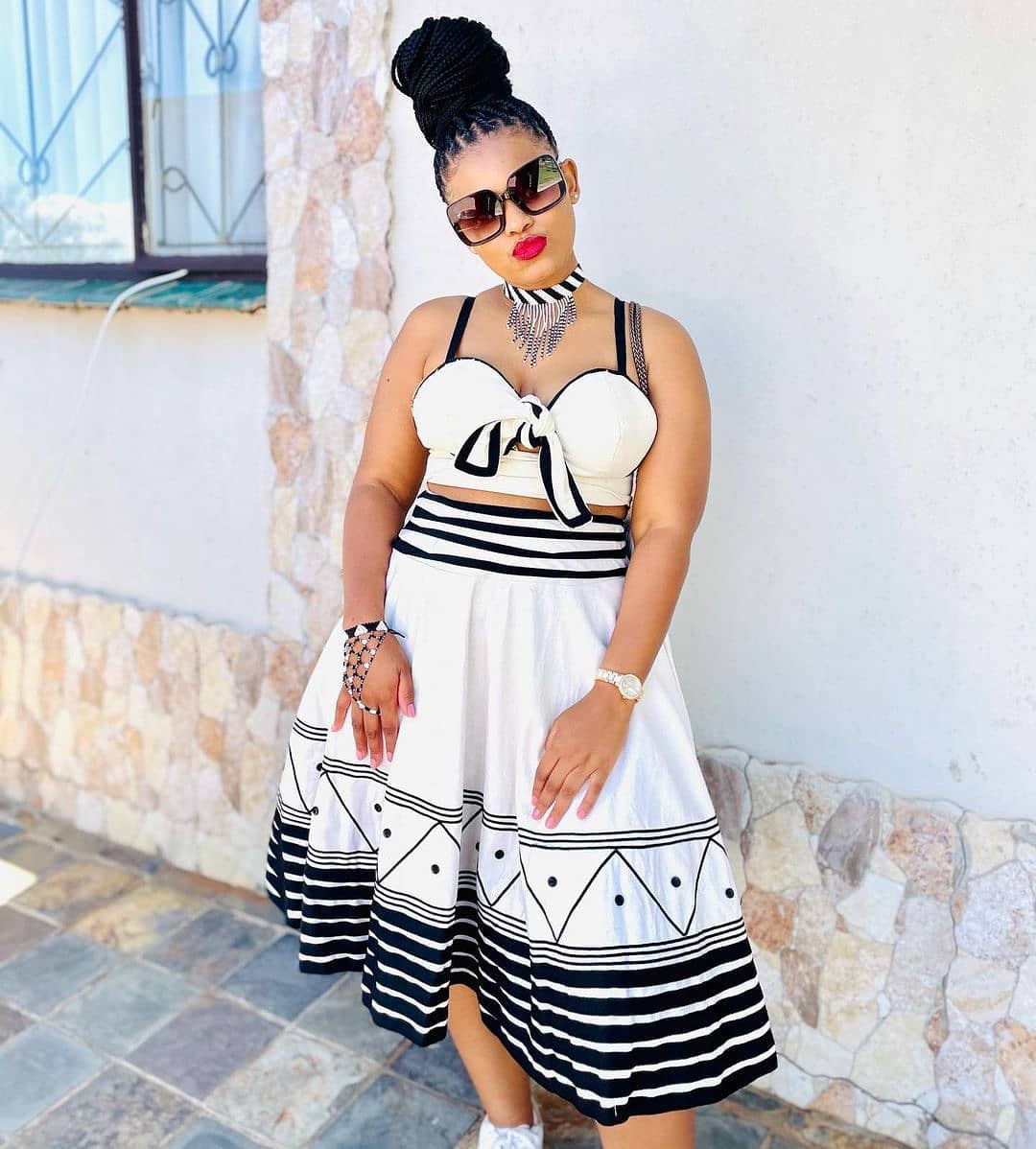
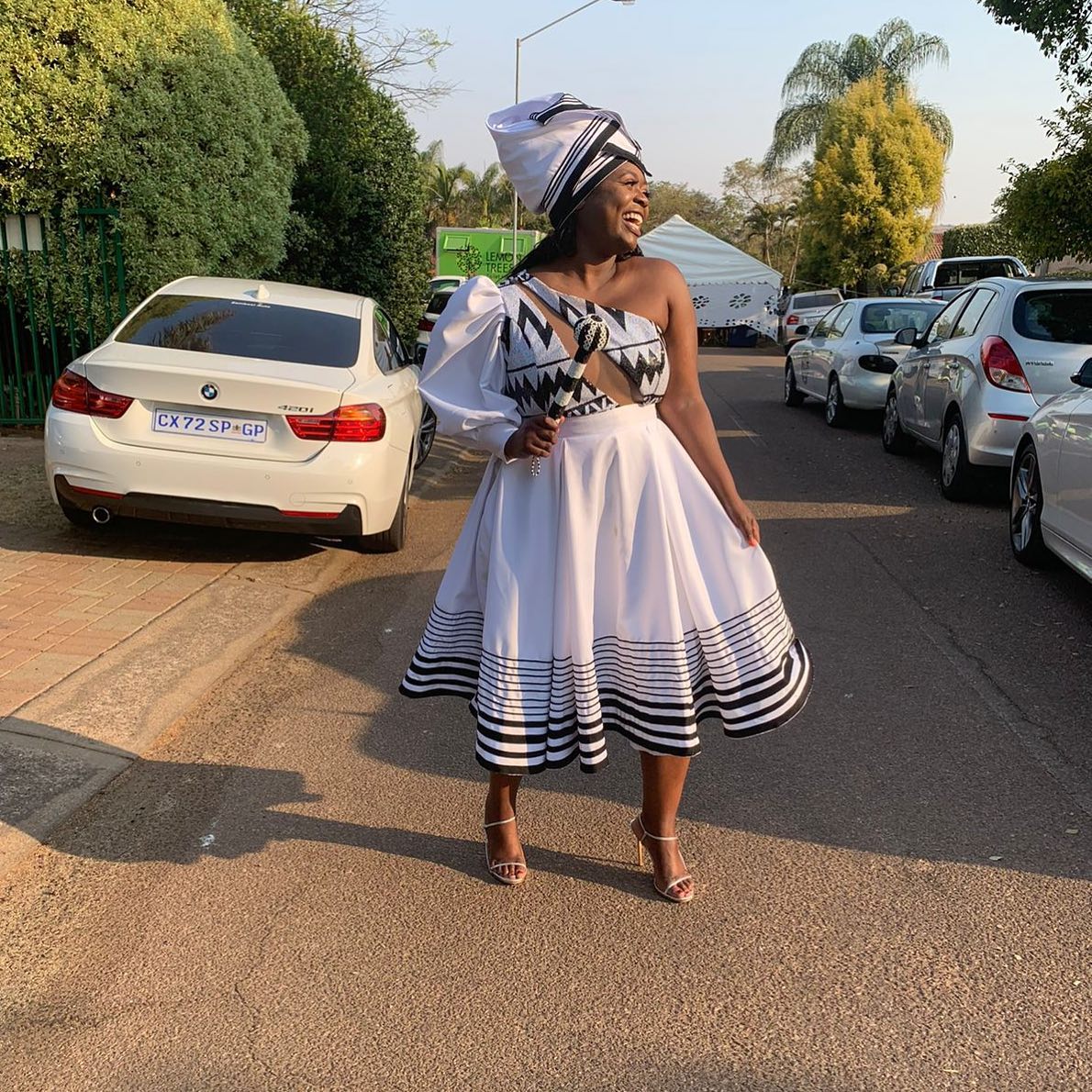
Traditional Xhosa Dress Colors
Xhosa dresses are known for their vibrant colors and intricate patterns, each carrying deep symbolism and cultural significance. Understanding the meaning behind these colors can provide a fascinating insight into Xhosa clothing traditions.
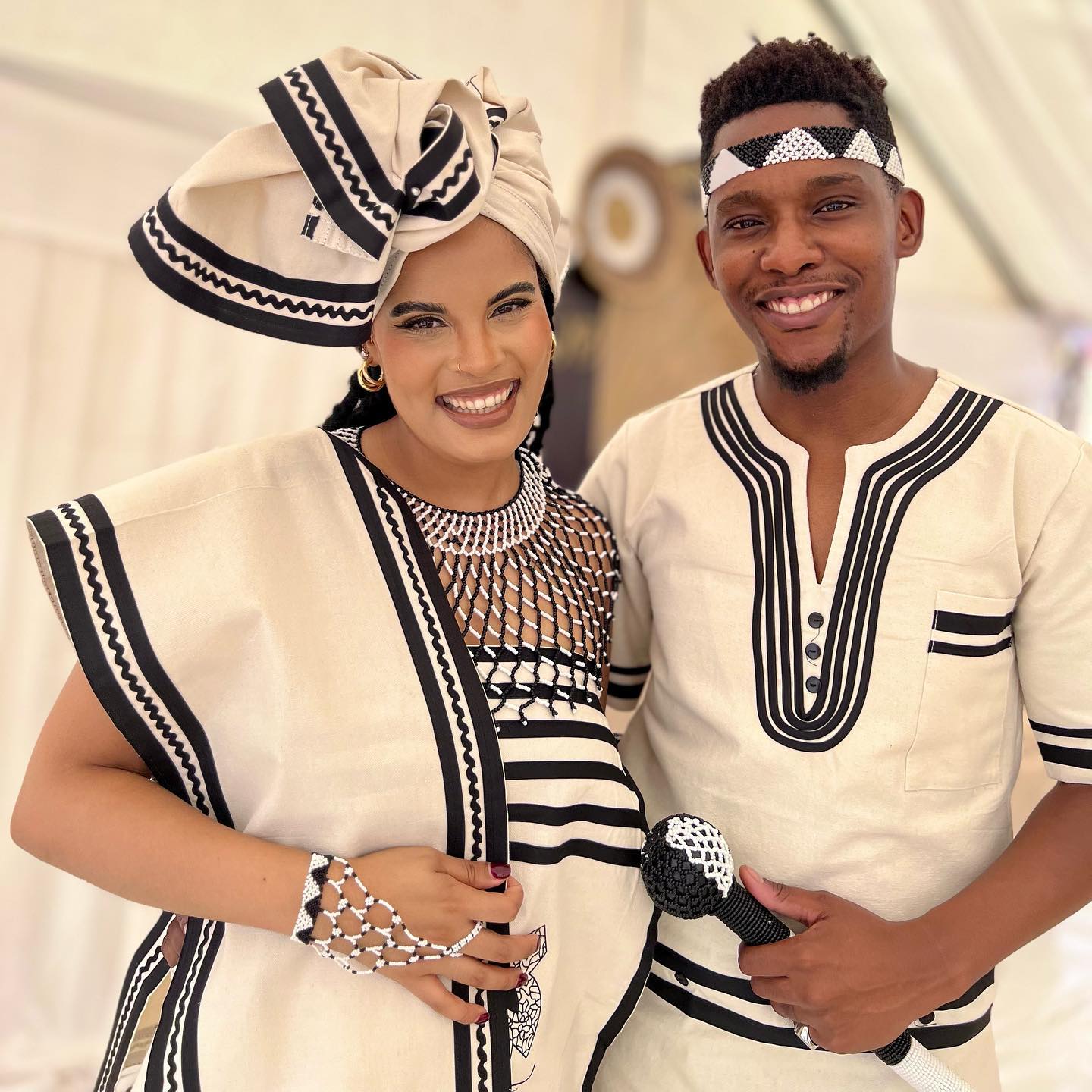
The symbolism behind the color red in Xhosa dresses
Red is a prominent color in Xhosa culture and holds various symbolic meanings. It represents passion, power, and bravery. Red Xhosa dresses are often worn during special ceremonies and celebrations to showcase strength and vitality. Additionally, red is associated with love and fertility, symbolizing the nurturing qualities found within the community.
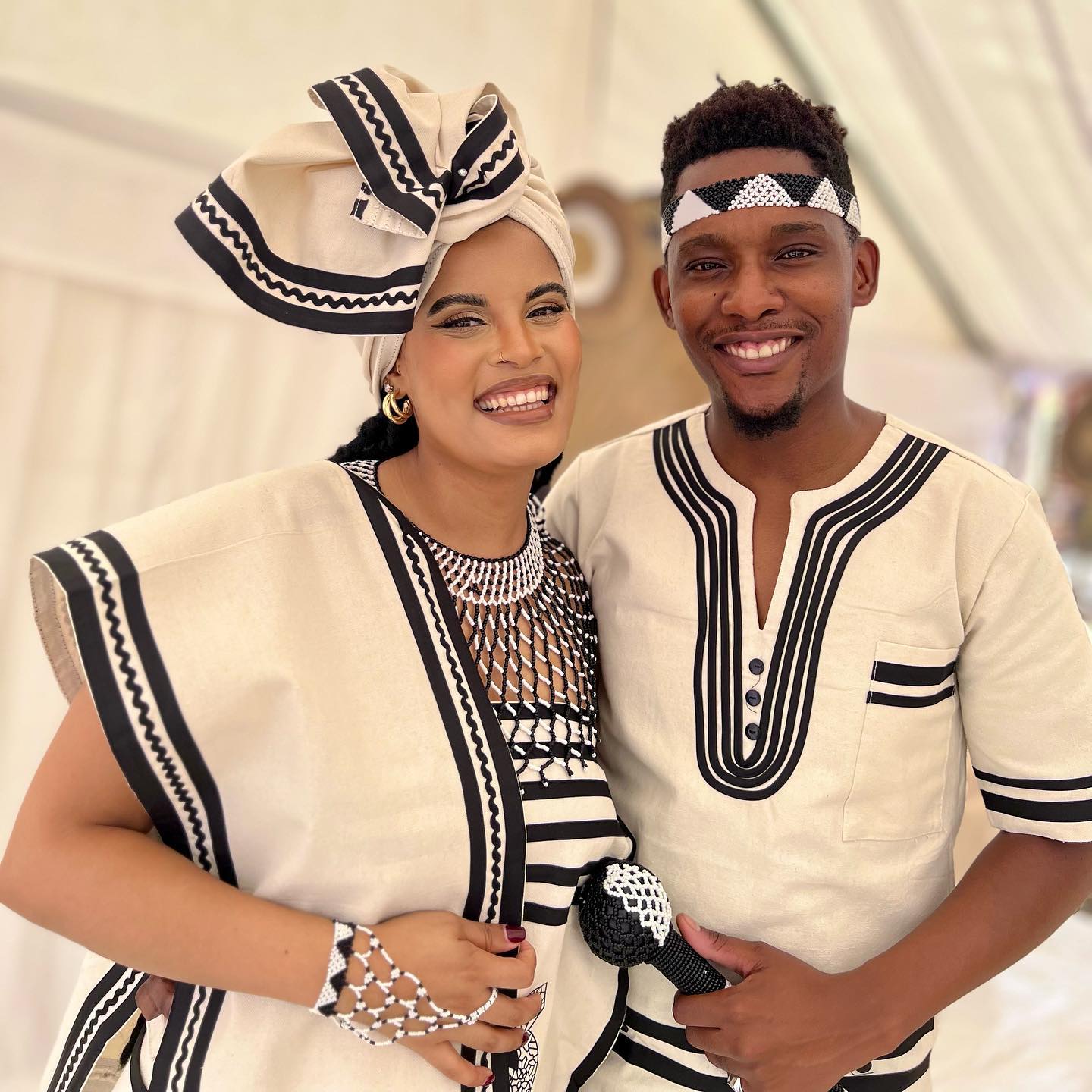
Significance of the color black in Xhosa clothing traditions
Black is another significant color in Xhosa dress. It represents maturity, wisdom, and ancestral spirits. Black Xhosa dresses are often worn during funerals and mourning periods as a mark of respect for departed loved ones. Black is also believed to provide protection and spiritual guidance, connecting individuals to their cultural heritage and ancestors.
In conclusion, the colors and patterns of Xhosa dresses go beyond mere aesthetics. They carry deep cultural and symbolic meanings that reflect the values, beliefs, and traditions of the Xhosa community. Through these dresses, individuals can express their identity, celebrate their heritage, and honor their ancestors.
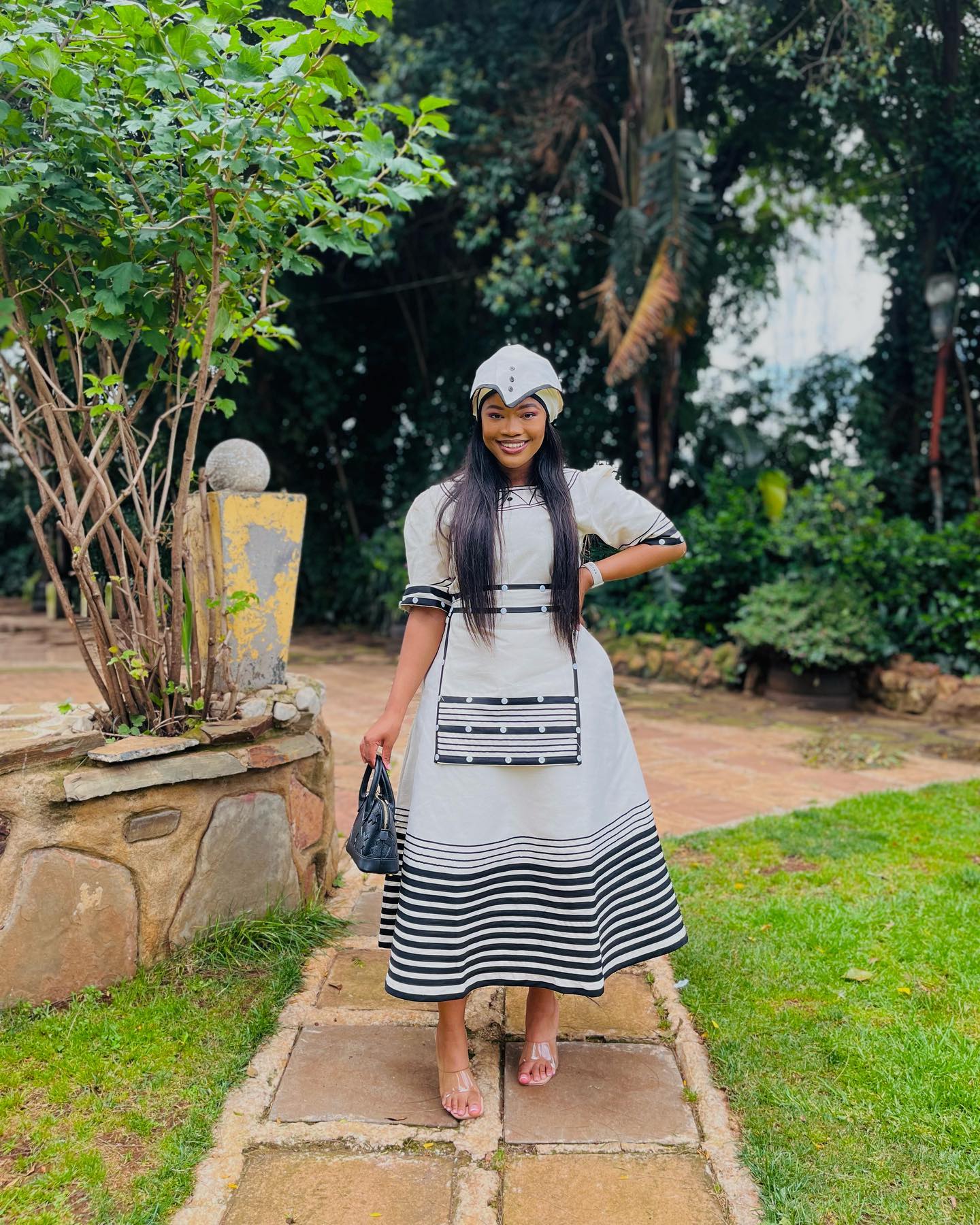
Vibrant Xhosa Dress Patterns
The Xhosa people of South Africa have a rich cultural tradition, and one aspect that stands out is their distinctive and vibrant dress patterns. These patterns are not just for aesthetic appeal, but they also hold deep symbolic meaning.
Exploring the meaning behind geometric patterns in Xhosa dresses
Geometric patterns are commonly seen in Xhosa attire and hold significant cultural significance. These patterns often represent important aspects of Xhosa life, such as spirituality, identity, and social status. Each pattern tells a story and carries a message, creating a unique way for individuals to express themselves.
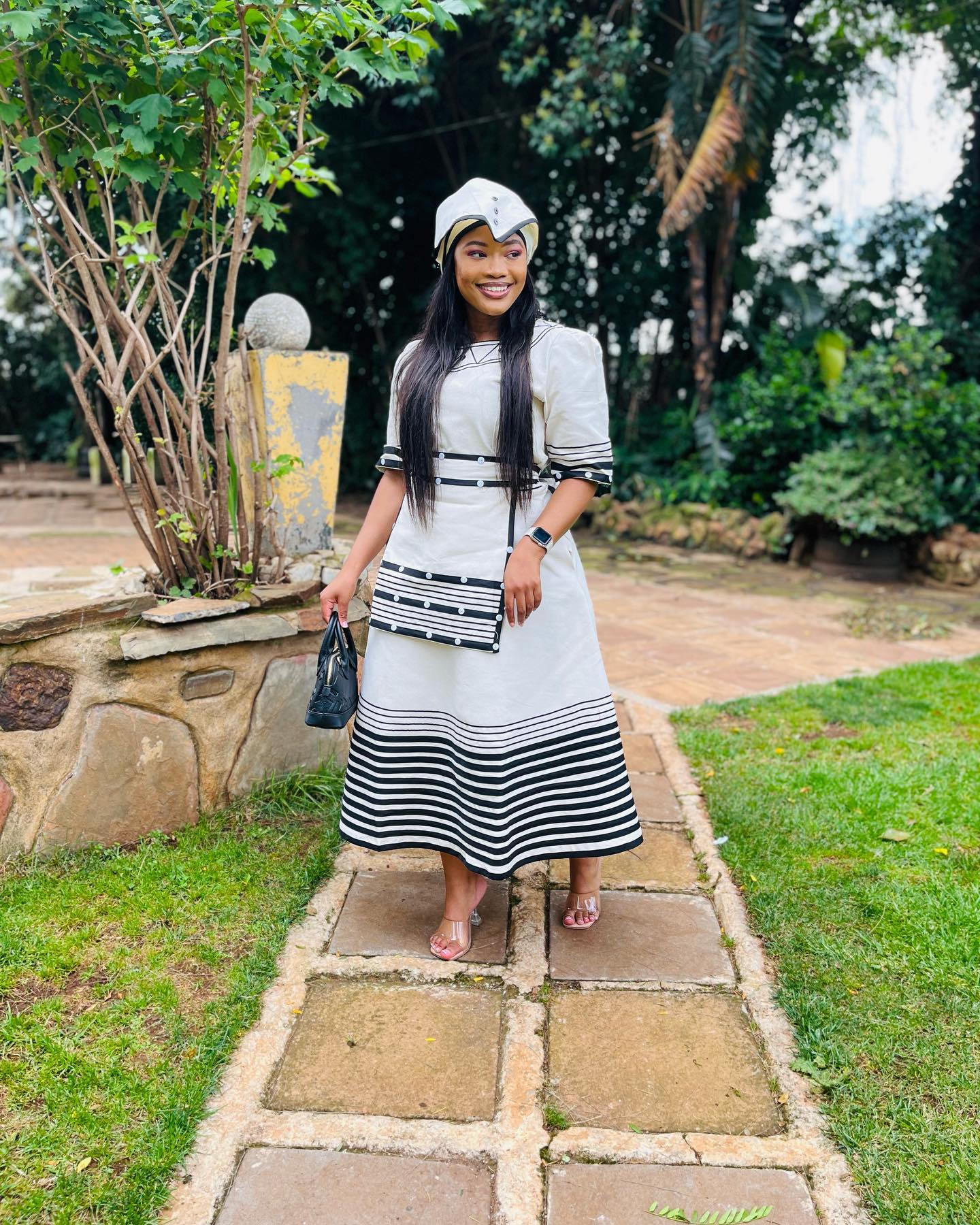
Symbolism of animal and nature-inspired patterns in Xhosa attire
In addition to geometric patterns, Xhosa dresses also feature animal and nature-inspired designs. These patterns often symbolize different qualities associated with specific animals or natural elements. For example, a pattern resembling a zebra may represent unity and community, while a floral pattern could symbolize growth and renewal.
Understanding the symbolism behind Xhosa dress patterns allows for a deeper appreciation of the culture and heritage of the Xhosa people. These vibrant patterns not only showcase their creativity but also serve as a means of storytelling and self-expression.
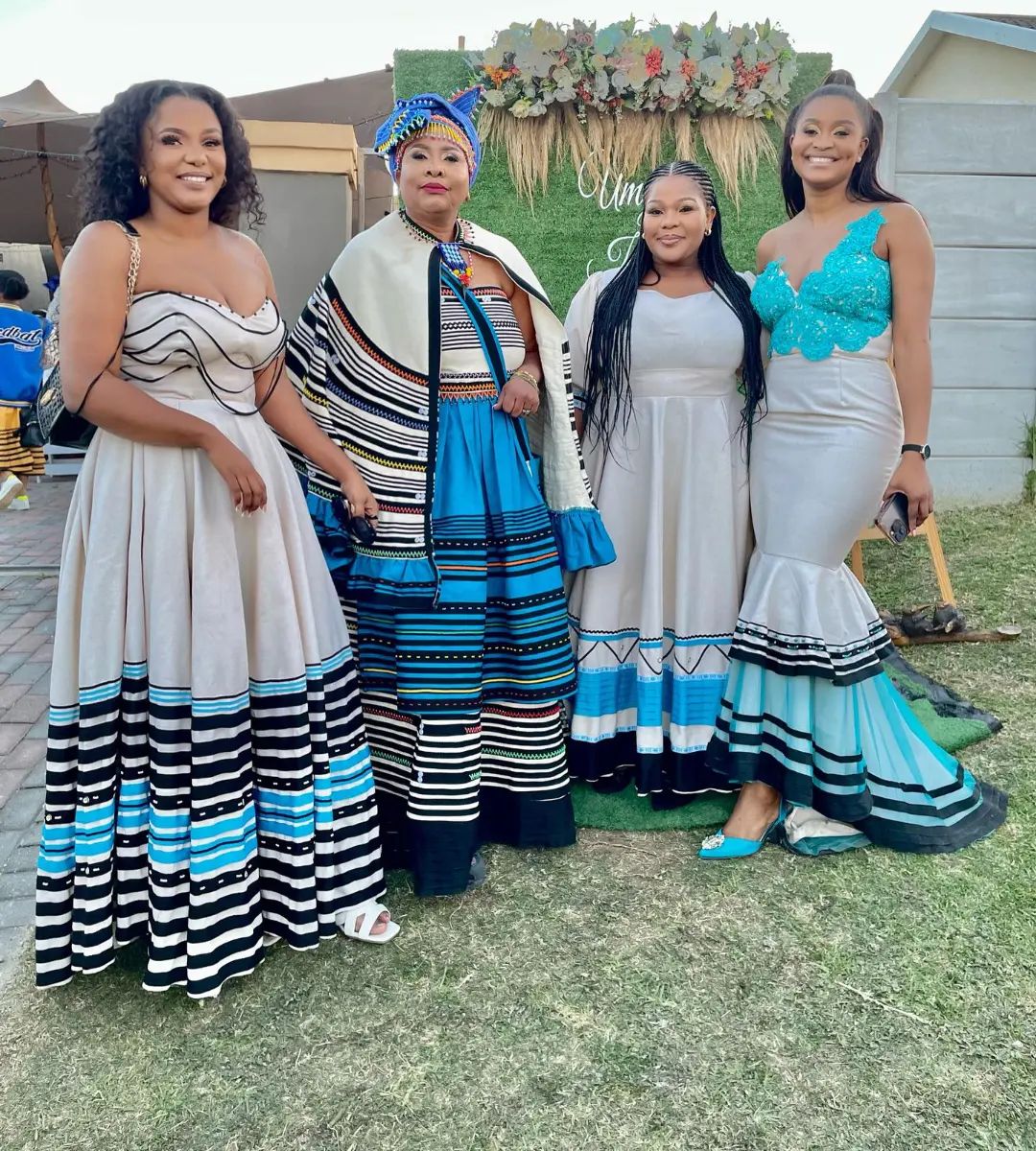
Modern Interpretations of Xhosa Dress Colors and Patterns
The vibrant and symbolic Xhosa dresses worn by women in South Africa are not only visually stunning but also carry deep cultural significance. Understanding the meaning behind the colors and patterns can provide valuable insights into Xhosa traditions and beliefs.
Incorporation of contemporary colors in Xhosa dresses
While traditional Xhosa dresses were primarily made using natural dyes, modern interpretations have embraced a wider range of colors. These contemporary colors reflect the dynamic nature of Xhosa culture and the influence of globalization. Shades of red, orange, blue, and green are now commonly seen, symbolizing vitality, prosperity, spirituality, and growth respectively. The incorporation of these new colors adds a fresh and modern touch to traditional Xhosa attire.

Evolution of patterns in modern Xhosa clothing designs
Xhosa dress patterns have also evolved over time, reflecting changes in societal values and fashion trends. Traditional patterns, such as the geometric “isikhakha” or the checkered “umbaco,” are still widely used, representing community identity and cultural heritage. However, modern Xhosa clothing designs have also embraced more contemporary patterns, including floral motifs and abstract designs. These new patterns add a sense of individuality and adaptability to the traditional dress, allowing for personal expression and creativity.
Overall, the colors and patterns of Xhosa dresses continue to evolve and adapt to contemporary influences while retaining the rich cultural symbolism. Embracing these vibrant designs not only showcases the beauty of Xhosa culture but also celebrates the resilience and creativity of the Xhosa people in a rapidly changing world.
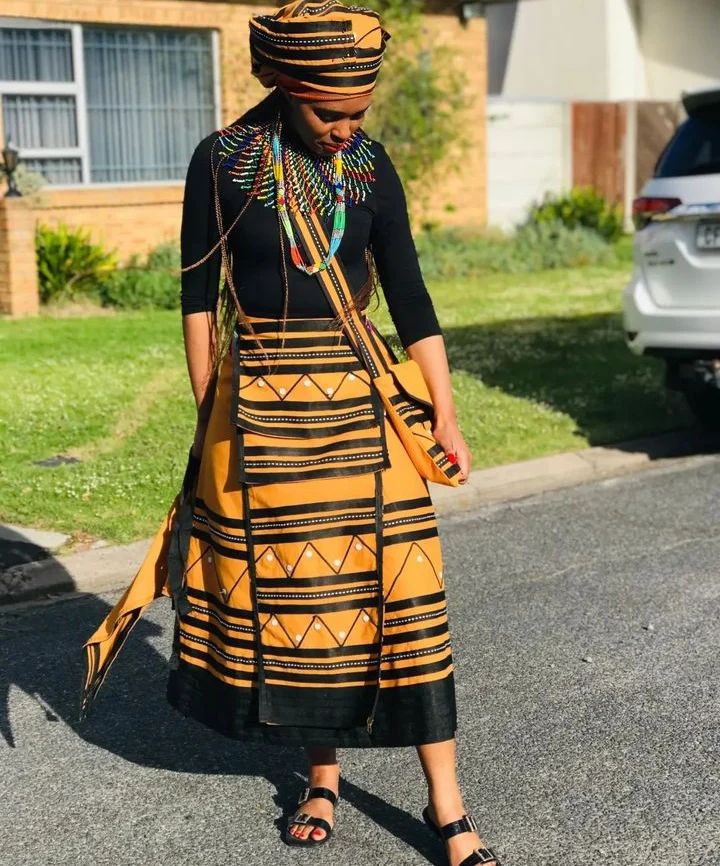
Conclusion
The colorful and intricate designs of Xhosa dresses hold deep cultural significance and symbolism for the Xhosa people. Each color and pattern tells a story and represents different aspects of their heritage and traditions.
It’s important to appreciate and respect the cultural significance of these dresses when wearing or admiring them. By understanding the meanings behind the colors and patterns, one can truly appreciate the beauty and richness of Xhosa culture.
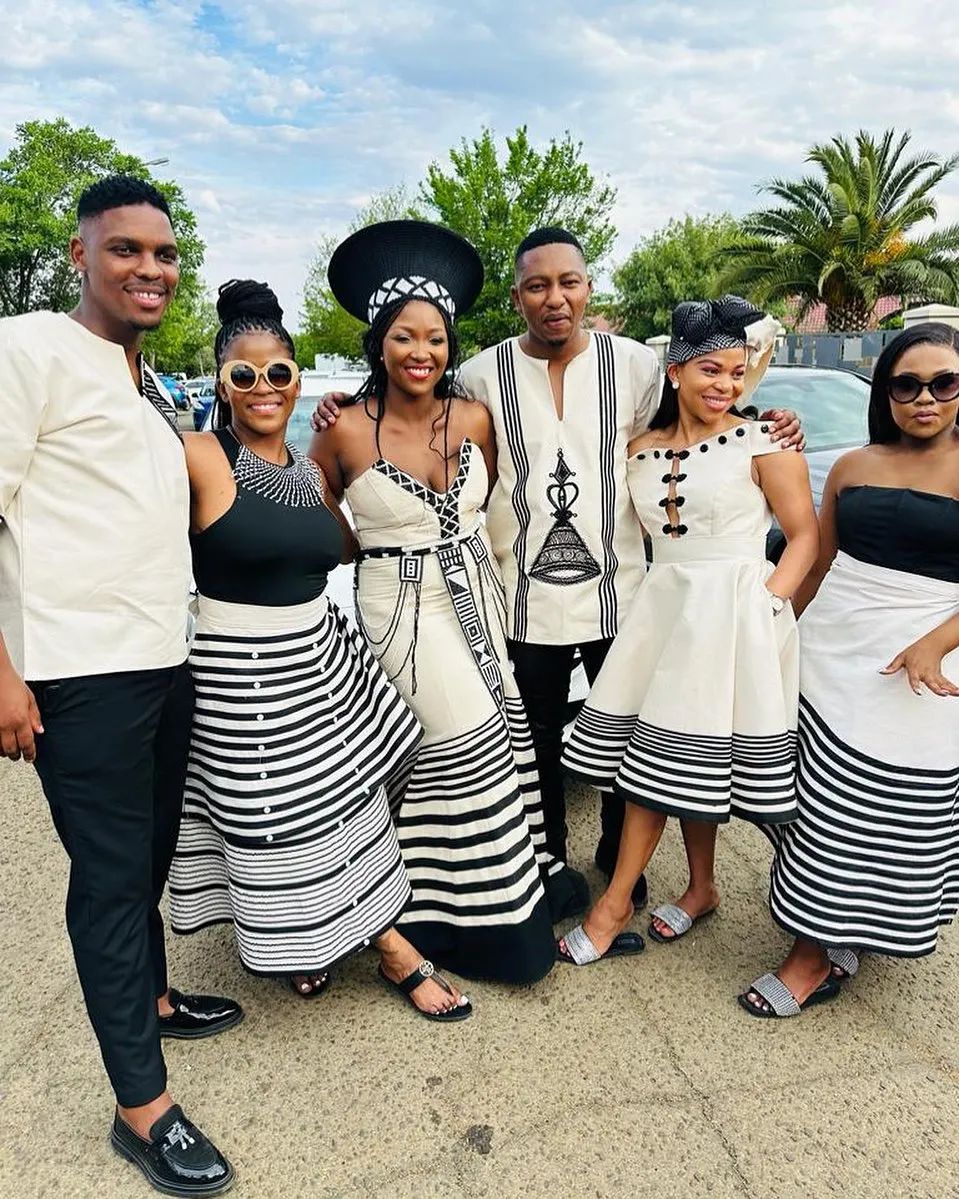
Appreciating the cultural significance of Xhosa dresses’ colors and patterns
Xhosa dresses are known for their vibrant colors and bold patterns. Each color has a specific meaning. For example, red symbolizes power, blue represents love and purity, and yellow signifies fertility and wealth. The patterns on the dresses often depict stories from Xhosa folklore, such as the animal prints representing strength and courage.
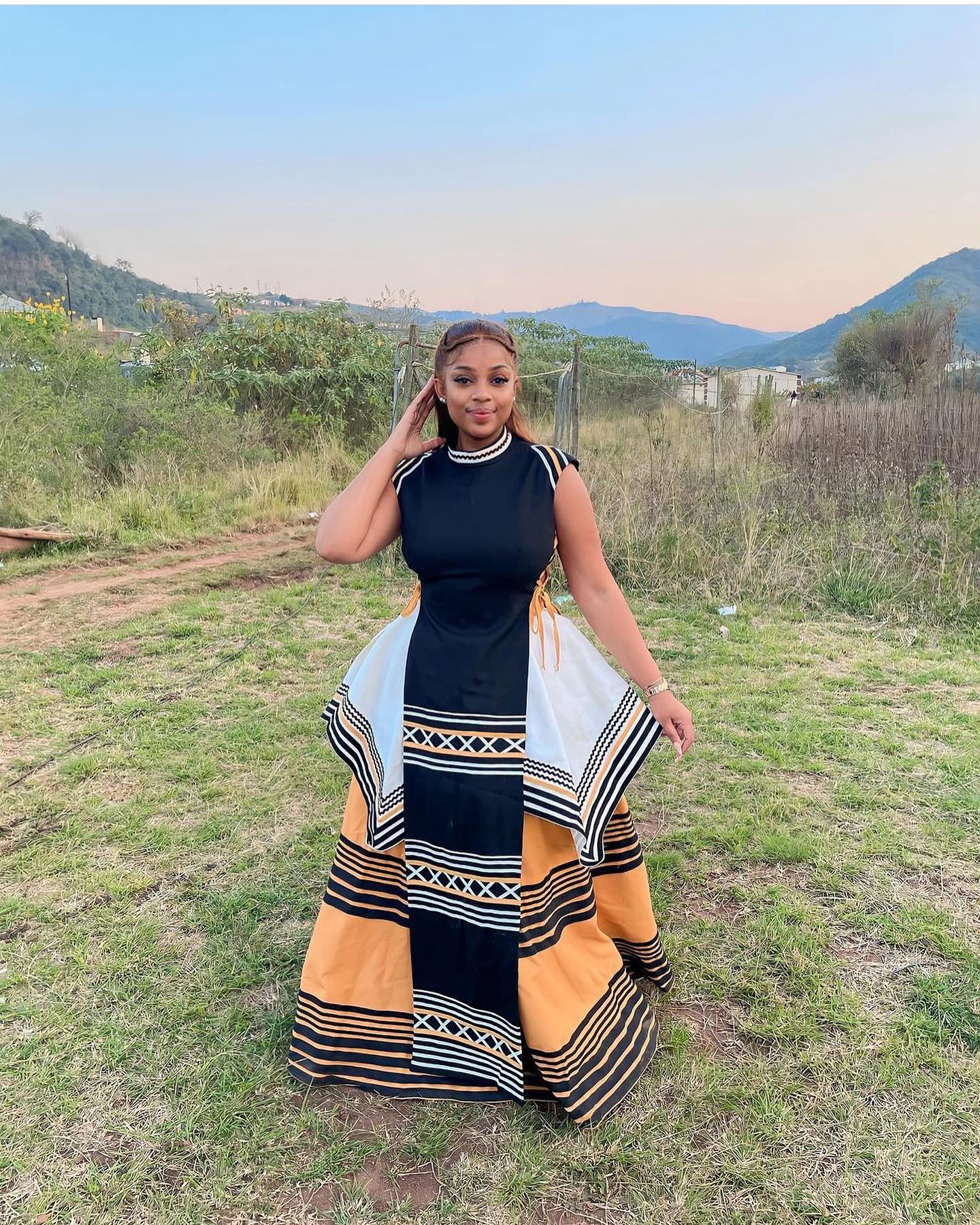
Frequently Asked Questions about Xhosa dress symbolism
- What are some common patterns found on Xhosa dresses?
Some common patterns include animal prints, geometric shapes, and traditional symbols. - What does the color black represent in Xhosa dress symbolism?
Black is typically associated with strength, spirituality, and protection. - Can anyone wear a Xhosa dress?Xhosa dresses have cultural significance and are often worn during special occasions or ceremonies. It is important to respect the culture and traditions of the Xhosa people when wearing their traditional attire.
Comments are closed.